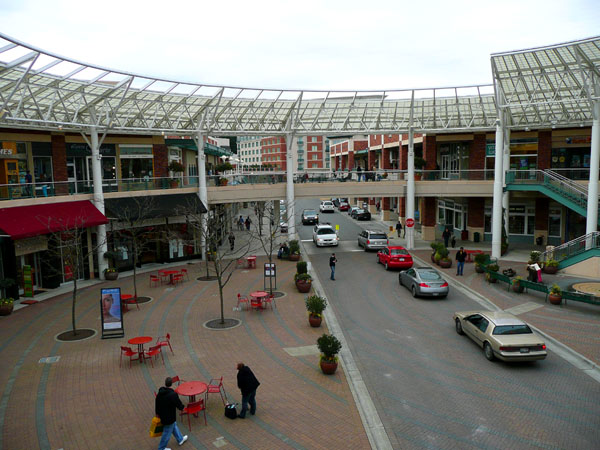C200: City Planning Before the Growth Management Act
Before the GMA became law 20 years ago, city planning was often like a game of Prisoner’s Dilemma. Especially on the edge of an ever expanding urban area, a city’s choices sometimes favored doing the wrong thing—such as approving a big box store development rather than holding out for city center investment. Deny the big box, and likely see that same car-oriented development spring up just outside the city on rural lands, generating all the same negative impacts to the city’s town center and local streets, yet escaping city controls that might limit impacts.
The GMA established the first state-wide planning system in Washington, and among the first in the nation. Requiring cities and counties to work together to plan for growth, mandating protection of farms, forests and rural lands, and limiting urban expansion was a tremendous aide to cities seeking to transform their centers. One of the developers of a new retail development in downtown Redmond (Town Center) said they wouldn’t have risked an outdoor, pedestrian design without the protection of GMA limits on urban expansion.
But the GMA does a better job at conserving what ought not be developed than it does at helping cities create wonderful urban places. The law should be stronger and more clearly in favor of redevelopment as an alternative to urban expansion. It should clearly commit the state’s infrastructure, granting and facility dollars more heavily to investment in city centers, transit, bikeways and pedestrian systems.
Transforming state policy to strongly support city and town centers would be an obvious and affirmative response to the growing market demand for convenient locations. Studies show that centers where work, shopping and residences are within roughly a 3 mile radius enable more alternative transportation choices, like short bike and walking trips. This is the best route to reducing vehicle trips, greenhouse gas emissions, and energy use, as well as bringing mental and physical health benefits. The state should strengthen and clarify its urban policies and align its spending and grants to advance great urban living.
One example: Deliberately choosing to locate a new university in downtown Tacoma benefits both students and city vitality, as compared to several other university and college locations accessible only by car. The Tacoma location is just one example of the impact state spending can make.
>>>
Roberta Lewandowski is the Board President of Futurewise and former City of Redmond Planning Director.


